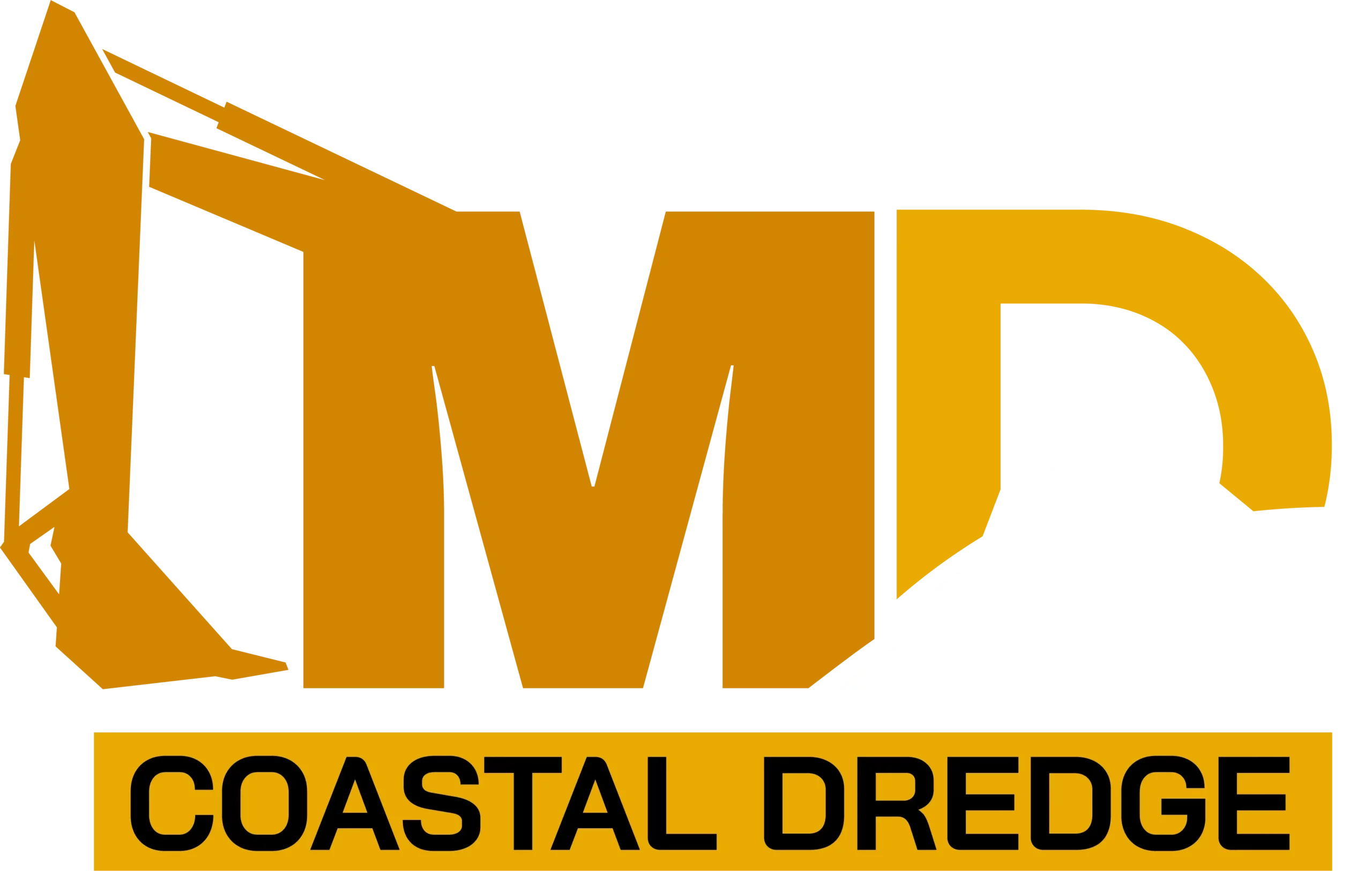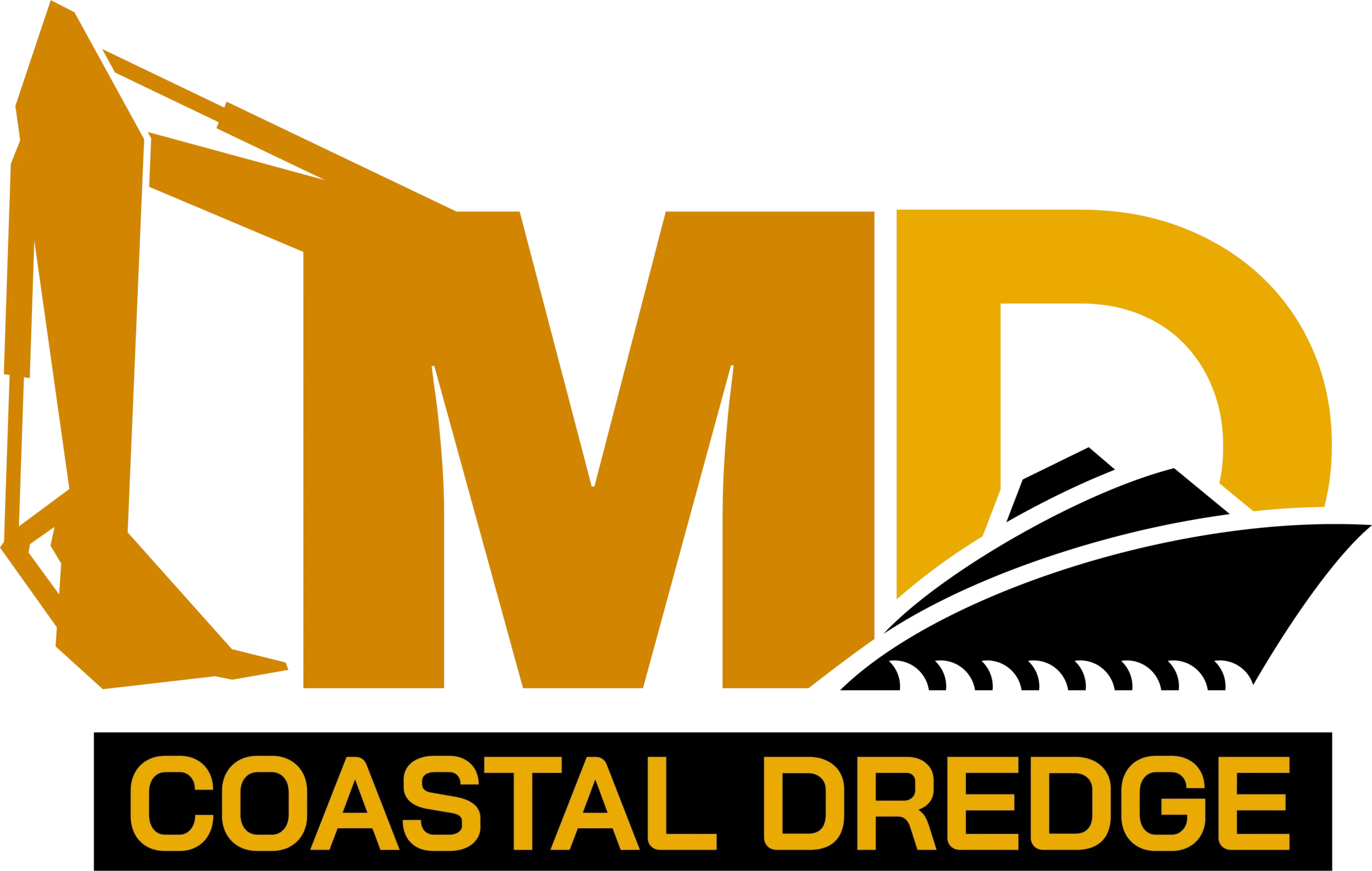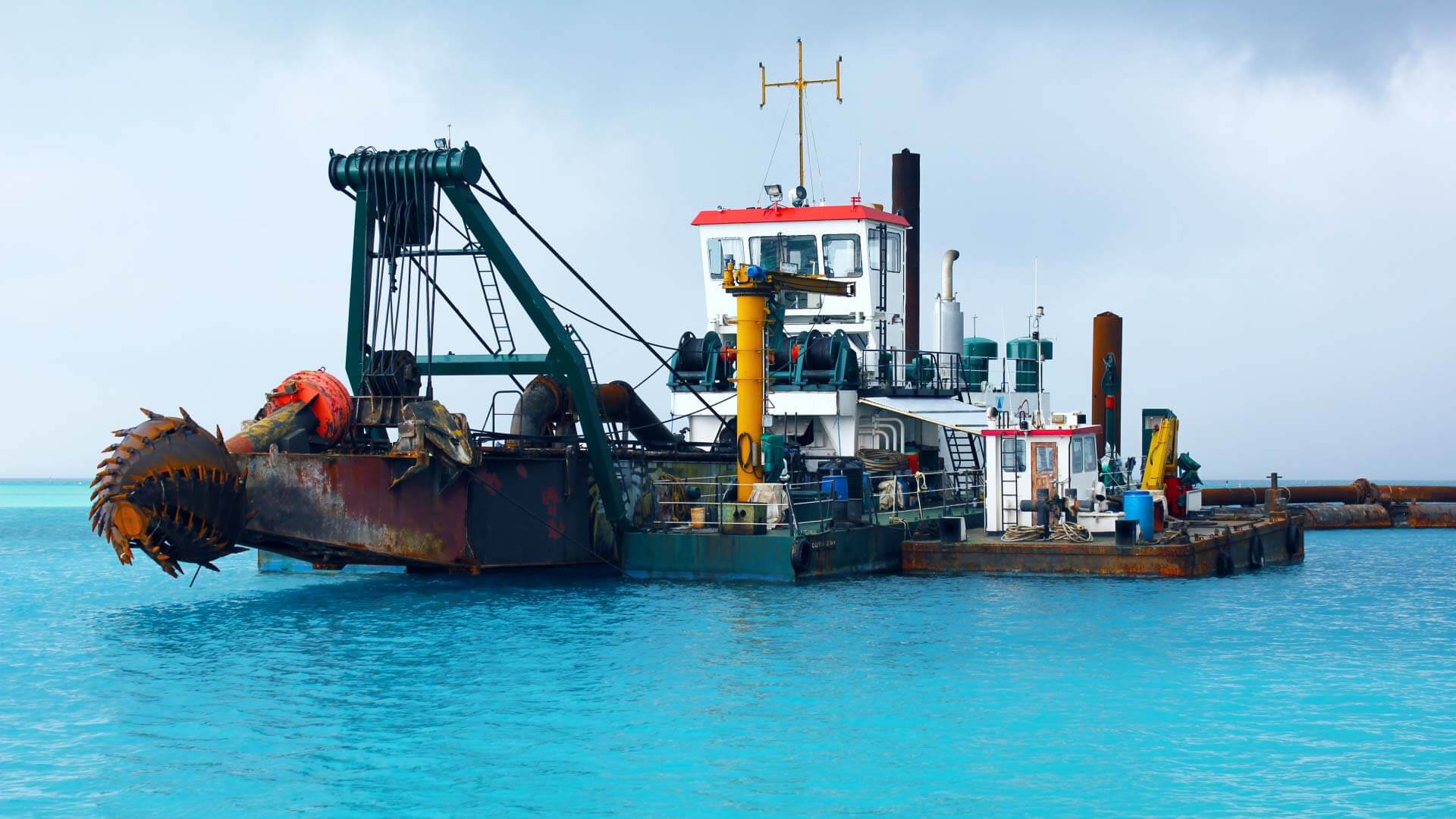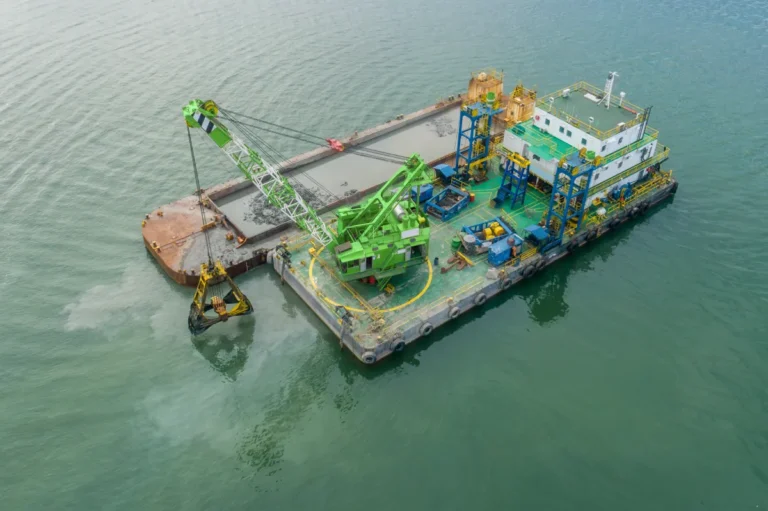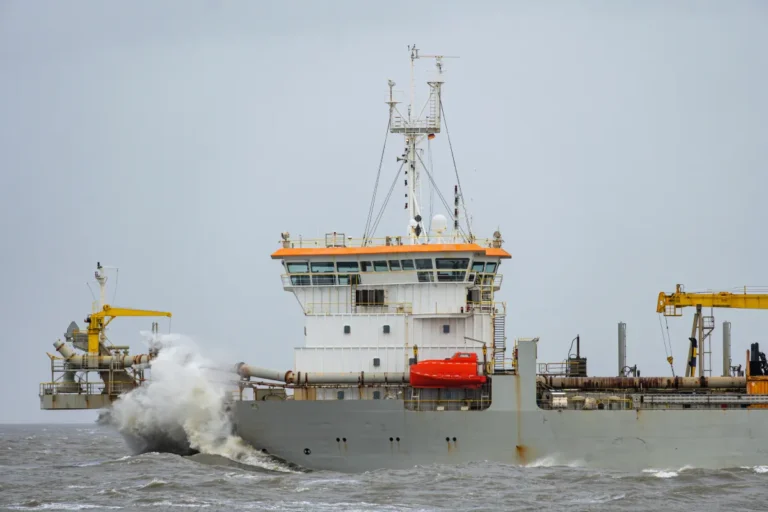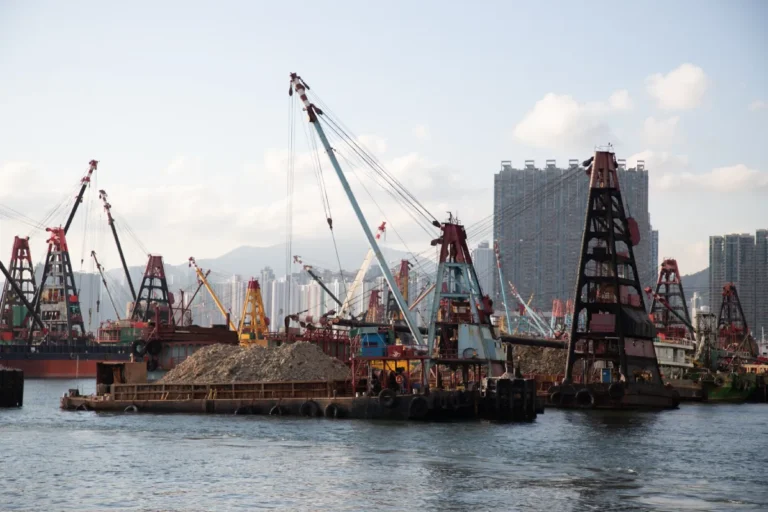Hydraulic dredging is a crucial process for maintaining navigable waterways, ensuring efficient port operations, and supporting environmental restoration projects. By using specialized hydraulic dredging equipment, this method removes accumulated sediments, debris, and pollutants from riverbeds, harbors, and coastal areas. Hydraulic dredging is widely employed in infrastructure development, shoreline protection, and flood prevention, making it an essential solution for both economic and ecological sustainability. As global demand for dredging continues to rise, the need for advanced equipment and more efficient dredging techniques has become increasingly important.
Innovation in hydraulic dredging equipment is driving significant improvements in operational efficiency, precision, and environmental responsibility. Modern advancements such as high-performance dredge pumps, GPS-guided systems, and AI-driven automation are transforming the hydraulic dredging process, reducing energy consumption, and enhancing sediment removal accuracy. At the same time, there is a growing emphasis on eco-friendly dredging practices to minimize the environmental impact of sediment displacement and turbidity. Sustainable dredging solutions, including hybrid-powered dredgers and improved sediment management techniques, are helping industries meet regulatory standards while protecting marine ecosystems. As the industry evolves, the focus remains on balancing productivity with environmental stewardship, ensuring that hydraulic dredging continues to play a vital role in waterway maintenance and ecosystem restoration.
The Evolution of Hydraulic Dredging Technology
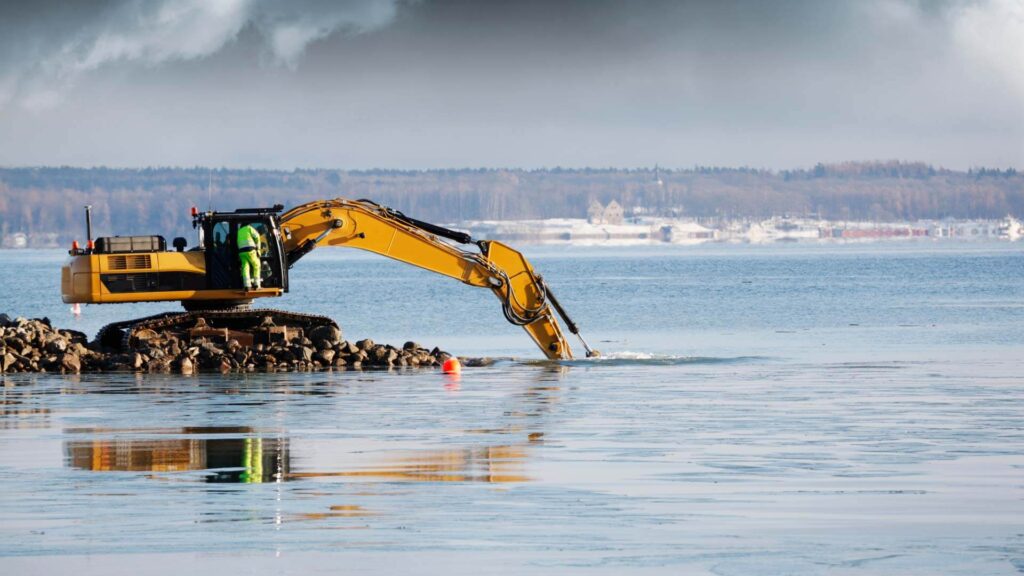
A Brief History of Hydraulic Dredging
The origins of hydraulic dredging date back to the early 19th century when engineers sought more efficient ways to remove sediment and debris from waterways. Initially, dredging relied on mechanical means such as bucket dredgers and clamshell excavators, which were effective but labor-intensive and limited in scope. The introduction of hydraulic dredging equipment revolutionized the industry by utilizing suction-based technology to transport sediments in a slurry form, making it possible to remove large volumes of material more efficiently. Over time, hydraulic dredging became the preferred method for deepening ports, maintaining shipping channels, and restoring coastal environments.
From Traditional Methods to Modern High-Efficiency Hydraulic Dredging Equipment
As maritime trade and infrastructure projects expanded, the limitations of early hydraulic dredging equipment became evident, prompting the development of more powerful and specialized dredging technologies. The evolution of dredge pumps, cutter suction dredgers, and trailing suction hopper dredgers allowed for greater sediment handling capacity and increased operational efficiency. Today, modern hydraulic dredging processes incorporate state-of-the-art components such as high-performance impellers, variable-speed pumps, and advanced sediment transport systems to optimize excavation while minimizing energy consumption. These innovations have made hydraulic dredging more effective in diverse environments, from river restoration to offshore land reclamation.
The Growing Demand for Precision and Automation in Hydraulic Dredging
In recent years, the demand for more precise and automated hydraulic dredging processes has increased significantly. Project managers and environmental regulators seek to minimize disruption to aquatic ecosystems while ensuring accurate sediment removal. To meet these needs, manufacturers have integrated GPS-guided positioning systems, sonar-based sediment mapping, and AI-driven automation into hydraulic dredging equipment. These advancements enhance dredging accuracy, reduce material over-excavation, and optimize fuel efficiency. Additionally, remote-controlled and autonomous dredging vessels are emerging as viable solutions for operations in challenging or hazardous environments, further advancing the capabilities of modern hydraulic dredging.
As the industry evolves, the focus remains on refining hydraulic dredging processes to achieve greater efficiency, precision, and environmental sustainability.
Advancements in Hydraulic Dredging Equipment
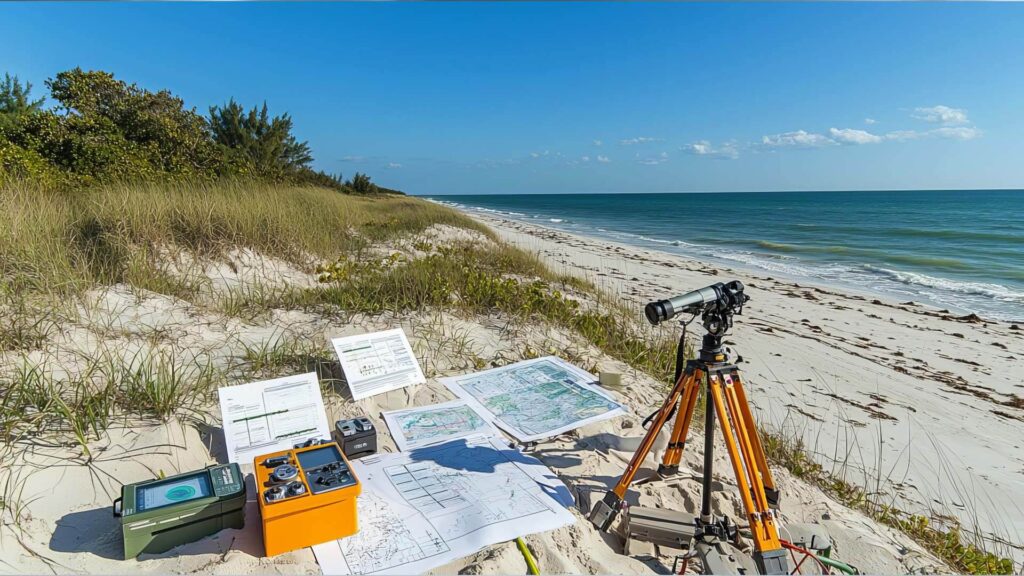
Automation and AI Integration
Artificial intelligence (AI) and automation are revolutionizing hydraulic dredging, making operations more precise, efficient, and environmentally sustainable. AI-powered systems analyze real-time data from sonar mapping, GPS positioning, and sediment sensors to optimize dredging depth, speed, and material handling. These intelligent systems allow operators to adjust dredging parameters dynamically, reducing overexcavation and minimizing environmental disruption.
In addition to AI-driven optimization, the industry is rapidly adopting remote-controlled and autonomous dredging vessels. These advanced hydraulic dredging equipment solutions enhance safety by eliminating the need for on-site crews in hazardous environments while increasing operational consistency. Remote monitoring and AI-assisted controls enable dredging vessels to operate with minimal human intervention, ensuring continuous and accurate sediment removal even in challenging underwater conditions.
High-Efficiency Pumps and Cutterheads
One of the most significant innovations in hydraulic dredging equipment is the development of high-efficiency dredge pumps and cutterheads. These advancements improve sediment transport capacity, reduce energy consumption, and enhance the dredging of different sediment types.
Modern dredge pumps now feature variable-speed impellers and wear-resistant materials, allowing for greater durability and efficiency in handling high-density sediments. This technology significantly increases the lifespan of hydraulic dredging equipment while reducing maintenance costs. Additionally, advancements in cutterhead design have optimized the hydraulic dredging process for specific material conditions. Whether dredging soft silt, compact clay, or coarse gravel, specialized cutterheads ensure maximum excavation efficiency, reducing operational downtime and improving overall project performance.
Real-Time Monitoring and GPS Dredging Systems
The integration of GPS and real-time monitoring technologies has transformed the hydraulic dredging process, providing precise control over dredging operations. GPS-guided dredging systems allow operators to track excavation progress with centimeter-level accuracy, ensuring that dredging is performed according to project specifications. These systems also help prevent over-dredging and unnecessary material displacement, minimizing environmental impact.
Sonar-based sediment mapping and real-time data analytics further enhance dredging precision by identifying underwater obstructions, sediment density variations, and optimal excavation points. With continuous monitoring, dredging teams can adjust operations instantly to improve efficiency, reduce fuel consumption, and maintain compliance with environmental regulations. As real-time dredging technology continues to evolve, the industry is shifting toward fully data-driven decision-making, leading to more sustainable and cost-effective hydraulic dredging projects.
Eco-Friendly Practices in Hydraulic Dredging
Reducing Turbidity and Sediment Resuspension
One key environmental challenge in hydraulic dredging is managing turbidity and minimizing sediment resuspension, which can disrupt aquatic ecosystems and degrade water quality. To address this, dredging operators are implementing innovative techniques designed to limit sediment dispersion and reduce environmental impact.
Modern hydraulic dredging equipment now features advanced suction control systems that regulate material intake, reducing the amount of loose sediment released into the water column. Additionally, specialized dredging techniques, such as precision suction dredging and adaptive flow control, help prevent excessive water disturbance. Turbidity curtains and containment barriers are also increasingly used to confine disturbed sediments within a designated area, preventing them from spreading into surrounding habitats. These environmentally sensitive dredging technologies ensure that the hydraulic dredging process is carried out with minimal impact on marine life and water clarity.
Energy-Efficient Hydraulic Dredging Equipment
As industries shift towards more sustainable operations, the development of energy-efficient hydraulic dredging equipment has become a priority. Traditional diesel-powered dredgers contribute significantly to carbon emissions and fuel consumption, prompting the adoption of cleaner alternatives.
Electric and hybrid-powered dredgers are gaining popularity as they offer reduced greenhouse gas emissions and lower operational costs. These advanced dredging vessels utilize battery storage systems or hybrid diesel-electric engines to optimize fuel efficiency while maintaining high-performance sediment removal. Additionally, innovations in pump efficiency, such as variable-speed drives and intelligent energy management systems, further enhance sustainability by reducing power consumption during the hydraulic dredging process. By integrating cleaner energy sources, the dredging industry is taking significant steps toward reducing its environmental footprint.
Sustainable Sediment Management and Beneficial Reuse
Sustainable sediment management is transforming dredging operations by repurposing dredged materials for beneficial applications rather than disposing of them as waste. This approach not only reduces landfill use but also supports ecosystem restoration and infrastructure development.
Dredged sediments can be used in shoreline stabilization, wetland restoration, and beach nourishment projects, helping to combat coastal erosion and enhance natural habitats. Additionally, clean sediments are increasingly being repurposed for land reclamation, agricultural soil enhancement, and even construction materials. Advanced processing techniques, such as dewatering and soil stabilization, allow dredged material to be transformed into valuable resources rather than environmental liabilities.
By integrating eco-friendly strategies into the hydraulic dredging process, the industry is moving toward more sustainable practices that balance economic efficiency with environmental responsibility. These innovations ensure that hydraulic dredging remains a viable solution for maintaining waterways while minimizing ecological disruption.
Regulatory Trends and Industry Standards
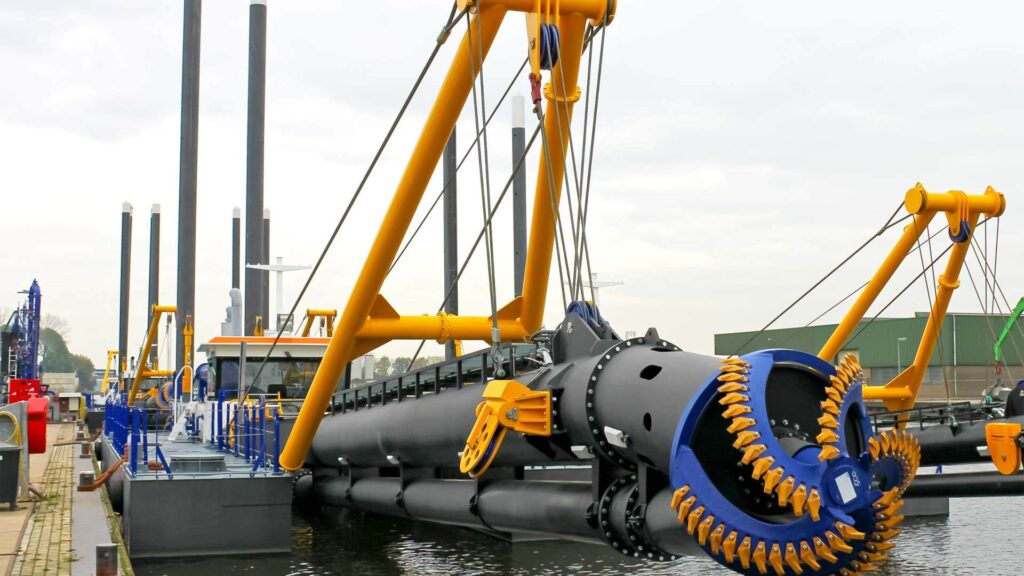
Stricter Environmental Regulations
As global awareness of environmental conservation grows, governments and regulatory bodies are imposing stricter regulations on hydraulic dredging to ensure sustainable practices. Compliance with these evolving regulations is essential for dredging contractors, port authorities, and environmental agencies to protect marine ecosystems while maintaining critical infrastructure.
New guidelines focus on reducing turbidity, limiting sediment resuspension, and ensuring that dredged material is managed responsibly. To meet these standards, manufacturers are developing hydraulic dredging equipment with enhanced efficiency and eco-friendly designs. Innovations such as low-emission dredge engines, precision suction control, and real-time monitoring systems allow operators to maintain compliance while improving operational performance. Additionally, regulatory agencies now require thorough environmental impact assessments before approving dredging projects, ensuring that the hydraulic dredging process aligns with conservation efforts and sustainability goals.
Industry Adoption of Green Dredging Practices
The dredging industry is actively adopting green practices to minimize ecological impact and enhance long-term sustainability. Companies are integrating innovative hydraulic dredging processes that optimize efficiency while reducing fuel consumption, carbon emissions, and water pollution. Hybrid-powered dredgers, AI-driven automation, and sediment containment strategies are among the advancements helping to modernize industry standards.
Collaboration between governments, dredging contractors, and environmental organizations is also crucial in promoting responsible dredging. These partnerships facilitate knowledge-sharing, encourage investment in sustainable hydraulic dredging equipment, and support research into environmentally friendly dredging techniques. By aligning industry practices with regulatory expectations, the dredging sector is moving toward a more sustainable future, ensuring that waterway maintenance and ecosystem preservation go hand in hand.
The Future of Hydraulic Dredging
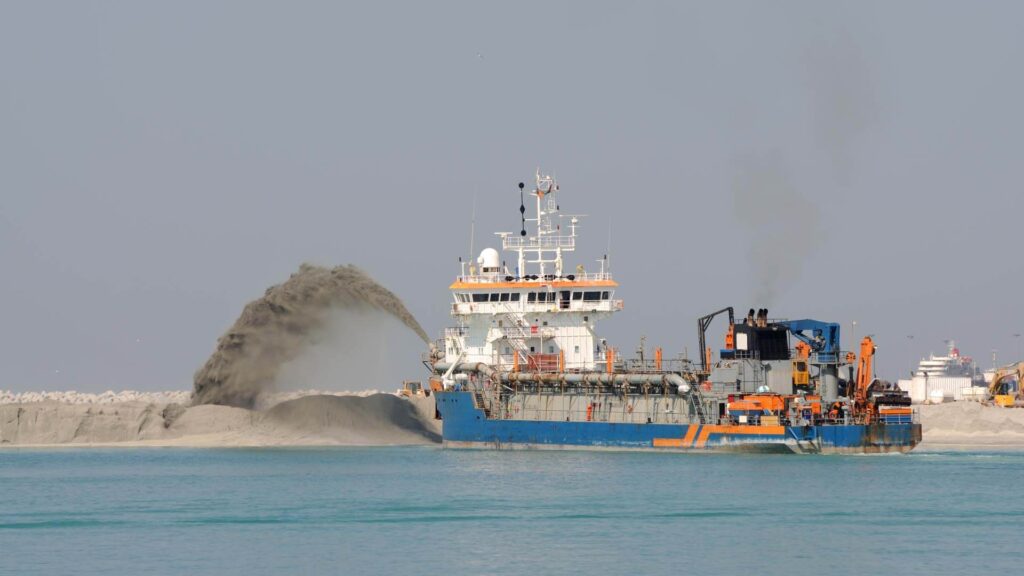
Next-Generation Hydraulic Dredging Equipment and Operational Efficiencies
The future of hydraulic dredging is set to be defined by cutting-edge technology that enhances efficiency, precision, and sustainability. Next-generation hydraulic dredging equipment will feature even greater automation, high-performance dredge pumps, and real-time sediment monitoring systems to optimize operations. Advances in dredging vessel design will also improve fuel efficiency, enabling contractors to complete projects faster while reducing operational costs.
Additionally, adaptive hydraulic dredging processes will allow for better control of sediment removal, ensuring that dredging is performed with minimal environmental disruption. The continued integration of digital monitoring systems, data analytics, and GPS tracking will enhance operational accuracy, leading to smarter dredging strategies tailored to specific site conditions. These improvements will make hydraulic dredging more effective, reducing waste and increasing productivity across various applications.
The Role of AI, Robotics, and Sustainable Innovations
Artificial intelligence (AI) and robotics are increasingly critical to shaping the future of hydraulic dredging. AI-driven software can analyze real-time data from sonar imaging, sediment sensors, and dredging performance metrics to optimize excavation depth, dredge path, and sediment disposal. This level of automation reduces human error, increases precision, and improves overall dredging efficiency.
Robotic dredging solutions, including autonomous dredging vessels and remotely operated equipment, are also gaining traction. These innovations allow for continuous dredging operations in challenging environments, such as deep-sea dredging or hazardous locations, where human presence may be impractical. Sustainable advancements, such as electric-powered dredgers and hybrid propulsion systems, are further transforming the industry by significantly reducing emissions and lowering the environmental footprint of hydraulic dredging processes.
Balancing Efficiency with Environmental Responsibility
As the demand for hydraulic dredging grows, the industry is emphasizing the balance between efficiency and environmental sustainability. Future projects will increasingly prioritize eco-friendly dredging techniques, such as precision suction control, sediment containment barriers, and turbidity reduction technologies. With stricter regulations and a heightened focus on conservation, dredging contractors will need to adopt innovative approaches that align with economic and environmental goals.
By leveraging AI, robotics, and energy-efficient hydraulic dredging equipment, the industry can ensure that dredging operations remain both productive and sustainable. The evolution of dredging technology will continue to shape a future where waterway maintenance and ecological protection go hand in hand, supporting long-term environmental resilience while meeting global infrastructure needs.
Conclusion
Advancements in technology, automation, and sustainable practices are shaping the future of hydraulic dredging. As environmental regulations become stricter and global infrastructure demands continue to rise, the industry is rapidly evolving to incorporate AI-driven systems, autonomous dredging vessels, and energy-efficient hydraulic dredging equipment. These innovations are enhancing the hydraulic dredging process, making it more precise, cost-effective, and environmentally responsible. With real-time monitoring, GPS-guided operations, and next-generation cutterheads and pumps, dredging projects can now achieve greater efficiency while minimizing ecological disruption.
Moving forward, balancing dredging efficiency with environmental responsibility will be a key focus for industry leaders. The integration of eco-friendly solutions, such as hybrid-powered dredgers and sustainable sediment management, ensures that hydraulic dredging remains a viable long-term solution for maintaining waterways, ports, and coastal restoration projects. By embracing these technological advancements and green dredging practices, the industry can continue to improve operational standards while protecting marine ecosystems. As innovation progresses, hydraulic dredging will play an even more critical role in supporting global economic growth and environmental sustainability.
